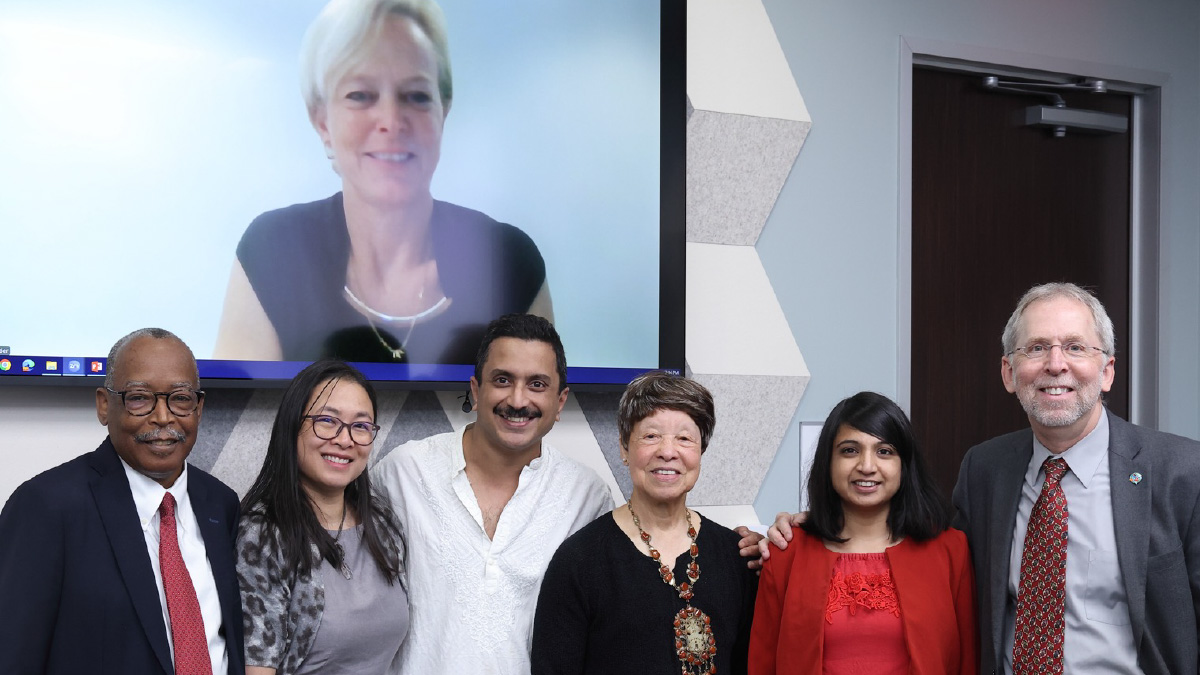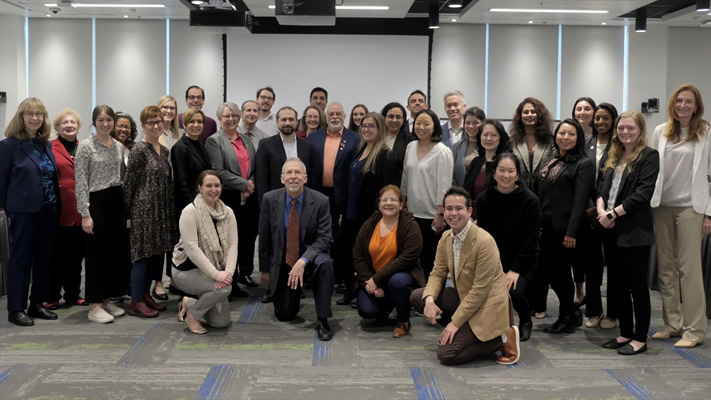NHGRI awards second annual Bettie J. Graham Leadership Awards for excellence in DEIA
Last month was a busy time at NHGRI, including a very productive meeting of the National Advisory Council for Human Genome Research. My favorite highlight of the director’s report, which I gave at the beginning of this meeting, was announcing the first cohort of fellows in the new American Society for Human Genetics (ASHG)-NHGRI Genomics and Public Service Fellowship Program. Note that I will have more to say about these fellows when they start in early July. As always, recordings of my director’s report and other presentations from the open session of this council meeting are now available on NHGRI’s YouTube channel, GenomeTV.
In part because of the recently released National Academies of Sciences, Engineering, and Medicine (NASEM) report calling for new technologies to study RNA and all of its modifications, NHGRI is expanding its focus on the world of RNA — from funding RNA-specific technology development projects to creating educational resources about RNA, such as this new RNA fact sheet. For hands-on learners, NHGRI has also recently released a foldable paper model of tRNA, which provides a fun way to explore RNA folding.
Looking ahead to this summer, I encourage you to attend our symposium Exploring the Many Dimensions of Sex and Gender in the Genomics Era, which NHGRI is co-hosting with the NIH Sexual and Gender Minority Research Office and the NIH Office of Research on Women’s Health. The symposium will feature experts in both the biological and social sciences who will discuss and contextualize the scientific, ethical, and historical complexities around sex, gender, and genomics. This virtual symposium will take place on July 17 – 18 and is open to the public, though registration is required.
All the best,
![]()
Genomics Research Spotlight
Tracing genetic diversity captures the molecular basis of misfolding disease
Zhao, et al.
Nat. Commun., 2024 Apr, PMID: 38637533
The human body has more than 100,000 unique proteins that serve a wide array of functions. Together, all of the proteins in a cell are known as the proteome. Proteostasis is the process by which the proteome is regulated. This regulation can be carried out by other proteins and often involves fine-tuning the rate at which proteins are created and destroyed, as well as repairing damaged or misfolded proteins. These processes are essential for healthy development and aging and for cellular responses to external stressors. In this publication, the researchers describe how they used a machine learning tool to characterize protein misfolding, how this misfolding might lead to disease, and where proteostasis could intervene to stop disease progression. The researchers focused on the relationship between two proteins: GRP94, which corrects the misfolding of other proteins, and alpha-1-antitrypsin, a protein associated with lung and liver disease. The machine learning algorithm analyzed genomic variants to find which ones might affect misfolding outcomes. The resulting model can be adapted for other proteins, and understanding how proteostasis is influenced by genomic information will be vital for developing precise treatments that can be used to treat genetic and somatic disorders involving misfolded proteins.
This research was funded in part by the NIH with a grant to William E. Balch, who is a professor at the Scripps Research Institute; that grant is part of the Novel Approaches for Relating Genetic Variation to Function and Disease Grant (PA-18-868).
About The Genomics Landscape
A monthly update from the NHGRI Director on activities and accomplishments from the institute and the field of genomics.
Last updated: June 6, 2024




